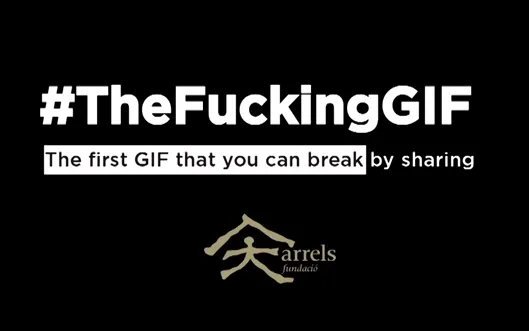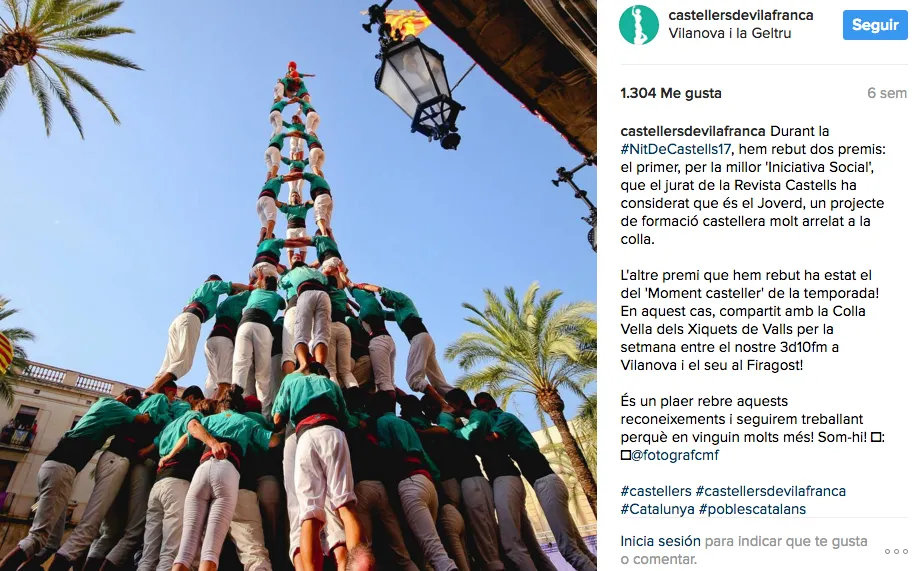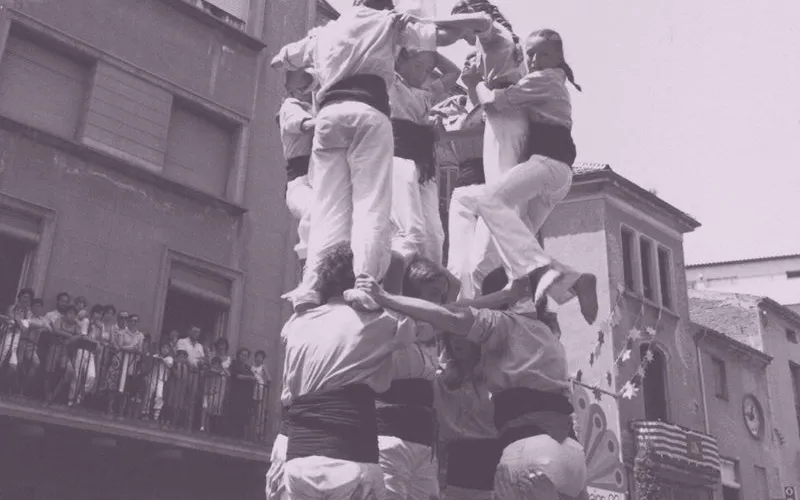Many nonprofit organisations are on the social media and use new tools and strategies to improve communication. Live streaming of Catalan human towers on Facebook Live, hashtags that become a trending topic… here we bring to you just a few of them!
More and more, nonprofit organisations see social media as tools for communication and interaction with their grassroots. However, not all of them use their full potential. It would seem only the largest nonprofit organisations have sufficient resources to develop a communications strategy that yields results. And yet many Catalan organisations have led campaigns or strategies that have had a big impact on the social media, be it for their outreach, originality, the selection of adequate instruments…Here we explain five of these we believe can be of inspiration to other nonprofit organisations.
#volemacollir, a hashtag representing 121,000 people and organisations
#volemacollir is the hashtag used by the initiative Casa nostra, casa vostra that spread like wildfire on the social media announcing the demonstration on 18th February. It was taken up by a group of people working in the field of communication that had met at the refugee camps in Greece and Macedonia and was immediately picked up by civil society. This is how it became a movement bringing together people and organisations that share their “deep concern over the situation in which thousands of migrants and forcefully displaced people are living, inside and outside of the European Union”. People have embraced this and have mobilised. In fact, the campaign managed to collect and present to the Catalan Parliament 121,000 signatures in favour of welcoming migrant people.
"Casa nostra, casa vostra" won the prize to Best Communicator 2016 that is awarded by the Blanquerna – Universitat Ramon Llull and is renowned inside and outside Catalonia. They say that the “huge international impact of the campaign, and especially the demonstration, proves that the world has watched the citizen mobilisation in Catalonia with great interest and that many countries have seen this as an example to follow”.
The Fucking GIF or how to break with the reasoning behind GIFs
A fashion on the social media is to share animated GIFs. They can either be found on the Internet or you can create one yourself. GIFs repeat an action over and over again and are usually funny. Arrels Fundació decided to start using GIFs with the campaign The Fucking GIF, but breaking away from the reasoning behind them.
"Living out on the streets is like a never-ending story, like a vicious circle and you actually convince yourself you will never break away from it.” This is how the illustrator Miquel Fuster explains his experience out in the streets, where he lived for more than 5,000 days. This is why the GIFs used by the campaign show the daily routines of homeless people, encouraging citizens to share these GIFs on the social media to give visibility to the problem. After sharing it, the GIF “broke apart”, meaning that thanks to a greater awareness and the involvement of citizens, the message is that the reality in which the person portrayed in the GIF could change and improve.
Streaming the human tower gatherings live
Periscope & Facebook Live hide no secrets for the Castellers de Vilafranca. For a year now, they have been streaming their gatherings live. First with Periscope and now on Facebook Live- They say this latest tool works better for them because their grassroots already use this social media. They say they’re not looking for the best quality streaming, but rather the immediacy and showing the great ambience at these gatherings. In fact, they’ve also started tests using a Go Pro camera.
"We like to innovate and find a twist in things”. This is why we started streaming live and try out social media that are less used by the human tower groups (for these, Twitter is the most popular), such as Instagram. We find it has potential because it is so visual. Many of the images posted there get more than 1,000 likes and we have more than 11,000 followers.
The importance of conveying feelings
In 1980 the Minyones de Terrassa became the first all-women human tower group. These pioneering women marked a turning point and the Minyons de Terrassa used this year’s Women’s Day to remember them and pay them homage. On 8th March, they marked the day posting on Twitter, Facebook and Instagram, as well as other events linked to the feminist struggle, and they created specific posters to mark this.
Beyond the Women’s Day, this human tower group is very active on the social media. As they told us, in recent years they have taken a turn in the way they communicate: “before, everything we communicated on the social media was very much focusing on the members of the group, people around us and the world of human towers. Nowadays, our external communication focuses on creating a brand image for ourselves so that we can grow and reach out beyond our most immediate environment. In this regard, they try to convey feelings rather than just information.
Of course, they have also kept a specific focus on the people in the group; but they’ve reinforced this with groups on Facebook, or even through chains on Whatsapp.
Infographics to communicate in an effective and attractive way
Offering information in an attractive way that is also easy to understand. This is the advantage of infographics. Setem Catalunya made the most of the potential offered by this tool to explain the thematic axes of the Mobile Social Congress, which took place in Barcelona on 28th February and 1st March: “to disseminate the contents of the MSC we chose to work with infographics to combine attractive graphics and explanatory messages for the range of themes we wanted to discuss”.
"If you want the poster with the programme to be clear, easy to understand and with practical information, you can’t provide too much information; very often, information dossiers contain too much for people and if they are available on pdf they don’t get that much attention or are not very accessible”. So, at Setem they went for an option between these extremes: infographics. “They are a good tool to communicate in a more effective and attractive way on social media: they are catchy and allow you to expand the message beyond the 140 characters of a tweet or posting the poster on Facebook. The MSC dealt with six clearly differentiated themes and we considered that if we diversified the message on each of the infographics, they would be easier to understand, would attract specific audiences and offer in-depth information of the contents of the MSC so that citizens could have an idea of what to expect.
For the Campanya Banca Armada (Armed Bank Campaign) they also decided to use the same tool. They will be disseminating five infographics (one for each bank they studied) to make it easier to read the reports on the armed bank; these reports are often full of figures and are difficult to understand. Using infographics allows for different levels of reading: how much money do banks invest in the arms industry; how do they make these investments (loans, bonds and shares…), what companies do they finance and how many weapons are produced by each company.











Add new comment